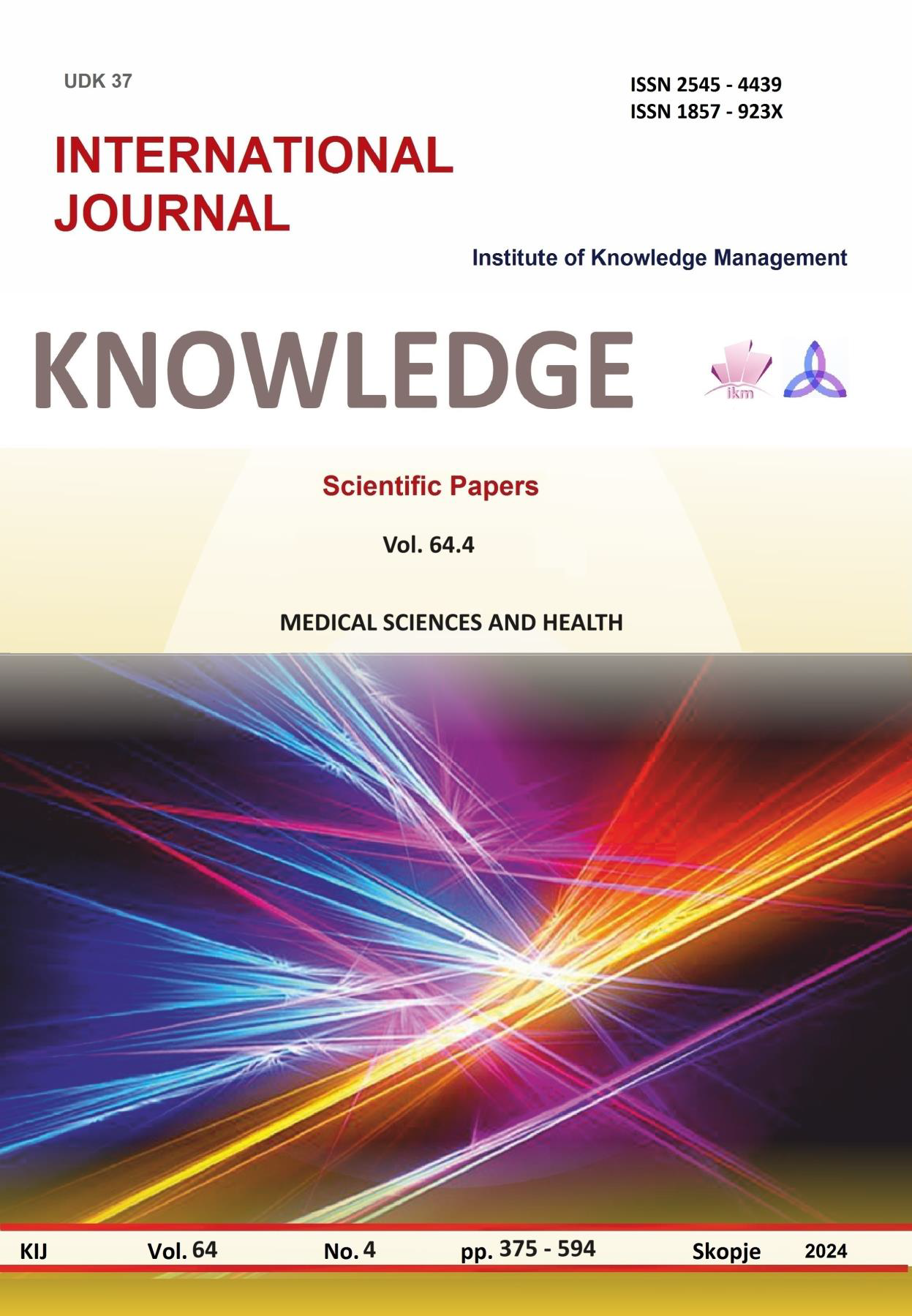IZLOŽENOST BUCI I UTICAJ NA ZDRAVLJE ŠKOLSKE DJECE
NOISE EXPOSURE AND IMPACT ON THE SCHOOL-AGE CHILDREN'S HEALTH
Author(s): Dino Ćemić, Zarema Obradović, Nermana Ćemić, Eldina Smječanin, Jasmina Hrnjica Bajramović, Amar Žilić, Armin KukićSubject(s): School education, Health and medicine and law, Family and social welfare
Published by: Scientific Institute of Management and Knowledge
Keywords: noise;school environment;student school-age children;health
Summary/Abstract: Noise within the school environment is an unwanted sound or a combination of sounds that can come from different external and internal sources. Prolonged exposure to such distracting sounds can adversely affect learning, concentration, understanding, or the general well-being of school-age children. According to the recommendation of the World Health Organization (WHO), the recommended limit of background noise in school is 35 decibels. This article aimed to review the available scientific and professional literature to show the exposure of school-age children to noise in the school environment as well as the impact of noise on their health. Articles published in relevant databases from 2014 to 2023 were used as material for this review article. The analysis of the results of all used articles confirms that the measured noise levels in school environments are above the recommended values. Acoustic comfort directly depends on the location and age of the school building, the quality of the school infrastructure and learning equipment, as well as activities of students and teachers. The authors point out that noisy conditions have direct negative effects on learning, especially on the development of language and reading, as well as on the performance of memory tasks. In addition, the results confirm that noise pollution is directly related to headaches, fatigue, loss of concentration, as well as hindering communication between school-age children and teachers. Pedagogical actions in combination with technological tools can help not only in reducing the noise level, but also in maintaining it within the recommended limits. Recognizing noise as a source of pollution, improving acoustic conditions as well as actively implementing noise management strategies within the school environment is highlighted as a necessity to ensure a healthier and more productive environment for school-age children.
Journal: Knowledge - International Journal
- Issue Year: 64/2024
- Issue No: 4
- Page Range: 537-544
- Page Count: 8
- Language: Bosnian

